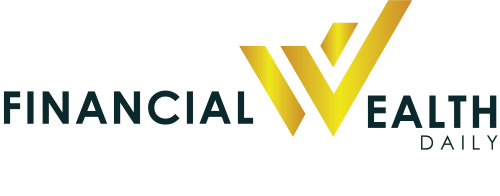By Lucia Mutikani
WASHINGTON (Reuters) -U.S. consumer sentiment slumped to near a 3-1/2-year low in early November as households across the political spectrum worried about the economic fallout from the longest government shutdown in history, which has caused disruptions ranging from food benefit payments to grounded flights.
Still, the University of Michigan’s Surveys of Consumers on Friday confirmed what economists describe as a K-shaped economy, where the higher-income households are doing well and lower-income consumers are struggling. Sentiment increased among consumers with large stock holdings, which the University of Michigan attributed to “continued strength in stock markets.”
The K-shaped economy was also evident in a Conference Board survey last week. White House economic adviser Kevin Hassett told Fox Business Network on Friday that the economic impact of the shutdown was far worse than expected, though activity was likely to rebound quickly once it ended.
“Shutdowns generally have only moderate economic impacts, given their typically brief nature and the economy bouncing back when the government reopens,” said Daniel Hornung, a policy fellow at the Stanford Institute for Economic Policy Research. “But … (this is) a warning sign that this kind of prolonged shutdown could lead to more meaningful economic weakness.”
The University of Michigan said its Consumer Sentiment Index dropped to 50.3 this month, the lowest level since June 2022, from a final reading of 53.6 in October. Economists polled by Reuters had forecast the index would dip to 53.2.
Interviews for the survey were concluded before the first set of major elections since President Donald Trump returned to the White House. Trump’s fellow Republicans performed poorly against Democrats.
The decline in sentiment occurred among consumers who described themselves as Democrats, Republicans and independents and was spread across all age and income groups, with the exception of those in the largest tercile of stock holdings.
SHUTDOWN DISRUPTS FOOD STAMP PAYMENTS
“With the federal government shutdown dragging on for over a month, consumers are now expressing worries about potential negative consequences for the economy,” Joanne Hsu, the director of the Surveys of Consumers, said in a statement.
The government shutdown has led to cuts in benefits, including food stamps, for millions of lower-income households. Hundreds of thousands of federal workers have been furloughed and others are working without pay, while travelers are facing delays at airports as flights are grounded.
The nonpartisan Congressional Budget Office estimated annualized gross domestic product in the fourth quarter could be reduced by between 1.0 percentage point and 2.0 percentage points. While most of the decline in GDP would be eventually recovered, the CBO projected that between $7 billion and $14 billion will not be.
The sentiment weakness also reflected worries about the labor market. Oliver Allen, a senior U.S. economist at Pantheon Macroeconomics who has access to the paid subscription portion of the University of Michigan survey, said the share of households expecting the unemployment rate to rise over the next year jumped to 62%, the highest level since 1980, from 52% in October.
That reading was mirrored by a survey from the New York Federal Reserve showing respondents expected the jobless rate to increase in the coming year and anticipated a tough time finding work if they were to become unemployed.
The unemployment rate was near a four-year high 4.3% in August, the last employment report to be published before the shutdown imposed a government economic data blackout.
While independent surveys suggested the labor market eased in October, data on applications for state unemployment benefits, which continue to be collected, pointed to no material change to what economists have called “a no-hire, no-fire” jobs market.
“The absence of broad-based layoffs suggests the jobs market is holding together, even if the risk of a more meaningful slowdown cannot be ruled out,” said Sarah House, a senior economist at Wells Fargo.
Deteriorating sentiment would suggest weak consumer spending, the economy’s main engine, but the correlation between the two is weak.
Economists also point out that spending is mostly being driven by higher-income households, as lower-income households are bearing most of the brunt of a sluggish labor market and higher prices from tariffs on imports.
“The top 20% of households by income drive 40% of consumer spending, and we think the wealth effect from the buoyant stock market has strengthened this year,” said Michael Pearce, deputy chief U.S. economist at Oxford Economics. “We also think that reflects the increasing bifurcation of the U.S. consumer.”
The survey’s measure of consumer expectations for inflation over the next year increased to 4.7% this month from 4.6% in October. Consumers’ expectations for inflation over the next five years eased to a still-high 3.6% from 3.9% last month.
The Federal Reserve last week cut its benchmark overnight interest rate by another 25 basis points to the 3.75%-4.00% range, and Fed Chair Jerome Powell said “a further reduction in the policy rate at the December meeting is not a foregone conclusion.”
(Reporting by Lucia Mutikani; Editing by Paul Simao)

